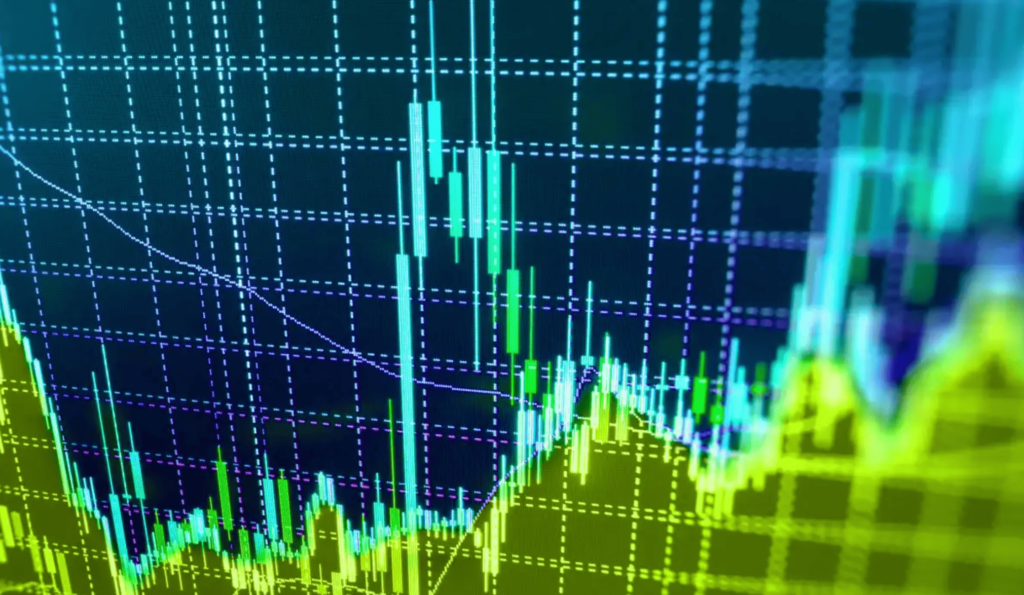What is data analytics?
Data analytics is a discipline focused on extracting insights from data. It comprises the processes, tools and techniques of data analysis and management, including the collection, organization, and storage of data. The chief aim of data analytics is to apply statistical analysis and technologies on data to find trends and solve problems. Data analytics has become increasingly important in the enterprise as a means for analyzing and shaping business processes and improving decision-making and business results.
Data analytics draws from a range of disciplines — including computer programming, mathematics, and statistics — to perform analysis on data in an effort to describe, predict, and improve performance. To ensure robust analysis, data analytics teams leverage a range of data management techniques, including data mining, data cleansing, data transformation, data modeling, and more.
What are the four types of data analytics?
Analytics breaks down broadly into four types: descriptive analytics, which attempts to describe what has transpired at a particular point in time; diagnostic analytics, which assesses why something has happened; predictive analytics, which ascertains the likelihood of something happening in the future; and prescriptive analytics, which provides recommended actions to take to achieve a desired outcome.
More specifically:
Descriptive analytics uses historical and current data from multiple sources to describe the present state, or a specified historical state, by identifying trends and patterns. In business analytics, this is the purview of business intelligence (BI).
Diagnostic analytics uses data (often generated via descriptive analytics) to discover the factors or reasons for past performance.
Predictive analytics applies techniques such as statistical modeling, forecasting, and machine learning to the output of descriptive and diagnostic analytics to make predictions about future outcomes. Predictive analytics is often considered a type of “advanced analytics,” and frequently depends on machine learning and/or deep learning.
Prescriptive analytics is a type of advanced analytics that involves the application of testing and other techniques to recommend specific solutions that will deliver desired outcomes. In business, predictive analytics uses machine learning, business rules, and algorithms.
Data analytics methods and techniques
Data analysts use a number of methods and techniques to analyze data. According to Emily Stevens, managing editor at CareerFoundry, seven of the most popular include:
- Regression analysis: Regression analysis is a set of statistical processes used to estimate the relationships between variables to determine how changes to one or more variables might affect another. For example, how might social media spending affect sales?
- Monte Carlo simulation: According to Investopedia, “Monte Carlo simulations are used to model the probability of different outcomes in a process that cannot easily be predicted due to the intervention of random variables.” It is frequently used for risk analysis.
- Factor analysis: Factor analysis is a statistical method for taking a massive data set and reducing it to a smaller, more manageable one. This has the added benefit of often uncovering hidden patterns. In a business setting, factor analysis is often used to explore things like customer loyalty.
- Cohort analysis: Cohort analysis is used to break a dataset down into groups that share common characteristics, or cohorts, for analysis. This is often used to understand customer segments.
- Cluster analysis: StatisticsSolutions defines cluster analysis as “a class of techniques that are used to classify objects or cases into relative groups called clusters.” It can be used to reveal structures in data — insurance firms might use cluster analysis to investigate why certain locations are associated with particular insurance claims, for instance.
- Time series analysis: StatisticsSolutions defines time series analysis as “a statistical technique that deals with time series data, or trend analysis. Time series data means that data is in a series of particular time periods or intervals.” Time series analysis can be used to identify trends and cycles over time, e.g., weekly sales numbers. It is frequently used for economic and sales forecasting.
- Sentiment analysis: Sentiment analysis uses tools such as natural language processing, text analysis, computational linguistics, and so on, to understand the feelings expressed in the data. While the previous six methods seek to analyze quantitative data (data that can be measured), sentiment analysis seeks to interpret and classify qualitative data by organizing it into themes. It is often used to understand how customers feel about a brand, product, or service.
Data analytics tools
Data analysts and others who work with analytics use a range of tools to aid them in their roles. The following are some of the most popular:
- Apache Spark: An open source data science platform for processing big data and creating cluster computing engines
- Excel: Microsoft’s spreadsheet software is perhaps the most widely used analytics tool, especially for mathematical analysis and tabular reporting
- Looker: Google’s data analytics and BI platform
- Power BI: Microsoft’s data visualization and analysis tool for creating and distributing reports and dashboards
- Python: An open source programming language that helps users extract, summarize, and visualize data
- Qlik: A suite of data analytics, data integration, and programming platforms for exploring data and creating data visualizations
- QuickSight: A BI and analytics cloud service from Amazon designed to integrate with cloud data sources
- R: An open source data analytics tool for statistical analysis and graphical modeling
- RapidMiner: A data science platform that includes a visual workflow designer
- SAS: An analytics platform for business intelligence and data mining
- Sisense: A popular self-service business intelligence platform
- Tableau: Data analysis software from Salesforce for creating dashboards, maps, and visualizations from data
- Talend: A platform for big data file transformations and loading used by data engineers, data architects, analysts, and developers
Data analytics vs. data science
Data analytics and data science are closely related. Data analytics is a component of data science, used to understand what an organization’s data looks like. Generally, the output of data analytics are reports and visualizations. Data science takes the output of analytics to study and solve problems.
The difference between data analytics and data science is often seen as one of timescale. Data analytics describes the current or historical state of reality, whereas data science uses that data to predict and/or understand the future.
Data analytics vs. data analysis
While the terms data analytics and data analysis are frequently used interchangeably, data analysis is a subset of data analytics concerned with examining, cleansing, transforming, and modeling data to derive conclusions. Data analytics includes the tools and techniques used to perform data analysis.
Data analytics vs. business analytics
Business analytics is another subset of data analytics. Business analytics uses data analytics techniques, including data mining, statistical analysis, and predictive modeling, to drive better business decisions. Gartner defines business analytics as “solutions used to build analysis models and simulations to create scenarios, understand realities, and predict future states.”
Data analytics examples
Organizations across all industries leverage data analytics to improve operations, increase revenue, and facilitate digital transformations. Here are three examples:
UPS delivers resilience, flexibility with predictive analytics: Multinational shipping company UPS has created the Harmonized Enterprise Analytics Tool (HEAT) to help it capture and analyze customer data, operational data, and planning data to track the real-time status of every package as it moves across its network. The tool helps it keep track of the roughly 21 million packages it delivers every day.
Predictive analytics helps Owens Corning develop turbine blades: Manufacturer Owens Corning, with the help of its analytics center of excellence, has used predictive analytics to streamline the process of testing the binders used in the creation of glass fabrics for wind turbine blades. Analytics has helped the company reduce the testing time for any given new material from 10 days to about two hours.
Kaiser Permanente reduces waiting times with analytics: Kaiser Permanente has been using a combination of analytics, machine learning, and AI to overhaul the data operations of its 39 hospitals and more than 700 medical offices in the US since 2015. It uses analytics to better anticipate and resolve potential bottlenecks, enabling it to provide better patient care while improving the efficiency of daily operations.
Data analytics salaries
Here are some of the most popular job titles related to data analytics and the average salary for each position, according to data from PayScale.
- Analytics manager: $71K-$131K
- Business analyst: $47K-$84K
- Business analyst, IT: $51K-$100K
- Business intelligence analyst: $52K-$97K
- Data analyst: $45K-$87K
- Market research analyst: $41K-$77K
- Operations research analyst: $47K-$117K
- Quantitative analyst: $60K-$132K
- Senior business analyst: $65K-$117K
- Statistician: $55K-$118K

